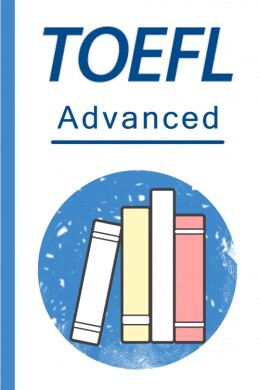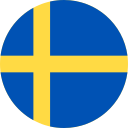Avancerat Ordförråd för TOEFL - Mänsklig anatomi
Här kommer du att lära dig några engelska ord om familj och relationer, såsom "saliv", "hörntand", "lob" etc. som behövs för TOEFL-provet.
Recension
Flashcards
Stavning
Quiz

(anatomy) the membranous tube in the body that carries air from the throat to the bronchi

trakea, luftrör
(anatomy) the act or process of breathing

andning
(anatomy) the hollow organ in the throat that contains the vocal cords and provides an air passage to the lungs

struphuvud, röstlåda
the liquid produced in the mouth to make chewing and swallowing easier and to prepare food for digestion

saliv
any of the group of sensory cells that are mainly on the tongue, making one recognize different tastes

smaklök, smakknöl
(anatomy) any of the eight narrow-edged teeth at the front of the mouth that are used for biting

framtand, huggtand
the hard white external layer that covers the crown of a tooth

emalj, tandemalj
either of the two external openings of the nose that one breathes through

näsborre, näsöppning
(anatomy) connected with the nose

nasal, relaterad till näsan
the thick mucus that is formed in the nasal and throat cavities, usually secreted in excessive amounts as a result of common cold

slem, flämt
the skin under one's hair, covering the head

hårbotten, scalp
an air-filled cavity, especially within the bones of the skull
(anatomy) a rounded part of an organ, such as, lungs or brain that seems to be separate in some way from the rest

lob, rundad del
(anatomy) the outer layer of the anterior part of the brain, called cerebrum, containing gray matter

bark, hjärnbark
(anatomy) the small round black area in the center of the eye, through which light enters

pupill
(anatomy) the round colored portion of the eye around the pupil and behind the cornea

iris
(anatomy) the sensory membrane at the back of the eye that transmits light signals to the brain through optic nerves

nätthinna, retina
(anatomy) the transparent layer that covers the outside of the eyeball

hornhinna, ögonets genomskinliga skikt
a thin piece of skin in the middle ear that vibrates by sound waves and enables one to hear sounds, also known as tympanic membrane

trumhinna, tympanisk membran
the body of an animal or human, except the limbs and head

bål, torso
the lower part of the body below the chest that contains the digestive and reproductive organs

mage, buk
a greenish-brown alkaline fluid that is produced by the liver in order to help the body digest fats

galla, gallvätska
a sac-like organ inside the body where urine is stored before being passed

blåsa, urinblåsa
an organ in the body that produces certain chemical substances to be used in the body or to be discharged into the surroundings

körtel, sekretionsorgan
a large gland in the body that produces insulin and glucagon and substances that help the body digest food

bukspottkörtel, pankreas
(anatomy) an abdominal organ that controls the quality of the blood cells

mjälte, mjälten
(anatomy) the main part of the large intestine, between the caecum to the rectum, where water is removed from solid waste

tjocktarm, kolon
(usually plural) the tube in the body through which digested food passes from the stomach to the anus

tarm, inälvor
(anatomy) the large round bone structure that the limbs and the spine are joined to, which also protects the abdominal organs

bäcken, pelvis
the part of the body of a woman or female mammal where the baby develops before birth

livmoder, sköte
(anatomy) the narrow outer opening of the womb or uterus of a female

livmoderhals, cervix
(anatomy) the organ in the female body where the fetus is conceived and grown before being born

livmoder
either of the two organs in women or female animals that produce eggs for reproduction

äggstock
(anatomy) the tube in most mammals that carries urine out of the body, which also carries sperm in males

urinrör, uretra
relating to the kidneys or their function

renal, som rör njurarna
relating to the intestines, which are part of the digestive system responsible for absorbing nutrients and removing waste from the body

tarm-, intestinal
(anatomy) any of the four pointed teeth that are between the incisors and premolars, used for tearing food

hörntand, canin
a blood protein produced to fight diseases or infections, or in response to foreign substances in the body

antikropp, immunoglobulin
the soft substance that fills the cavities of bones, which is either yellowish and consists of fat cells or reddish and makes blood cells

benmärg, märg
| Avancerat Ordförråd för TOEFL |
|---|